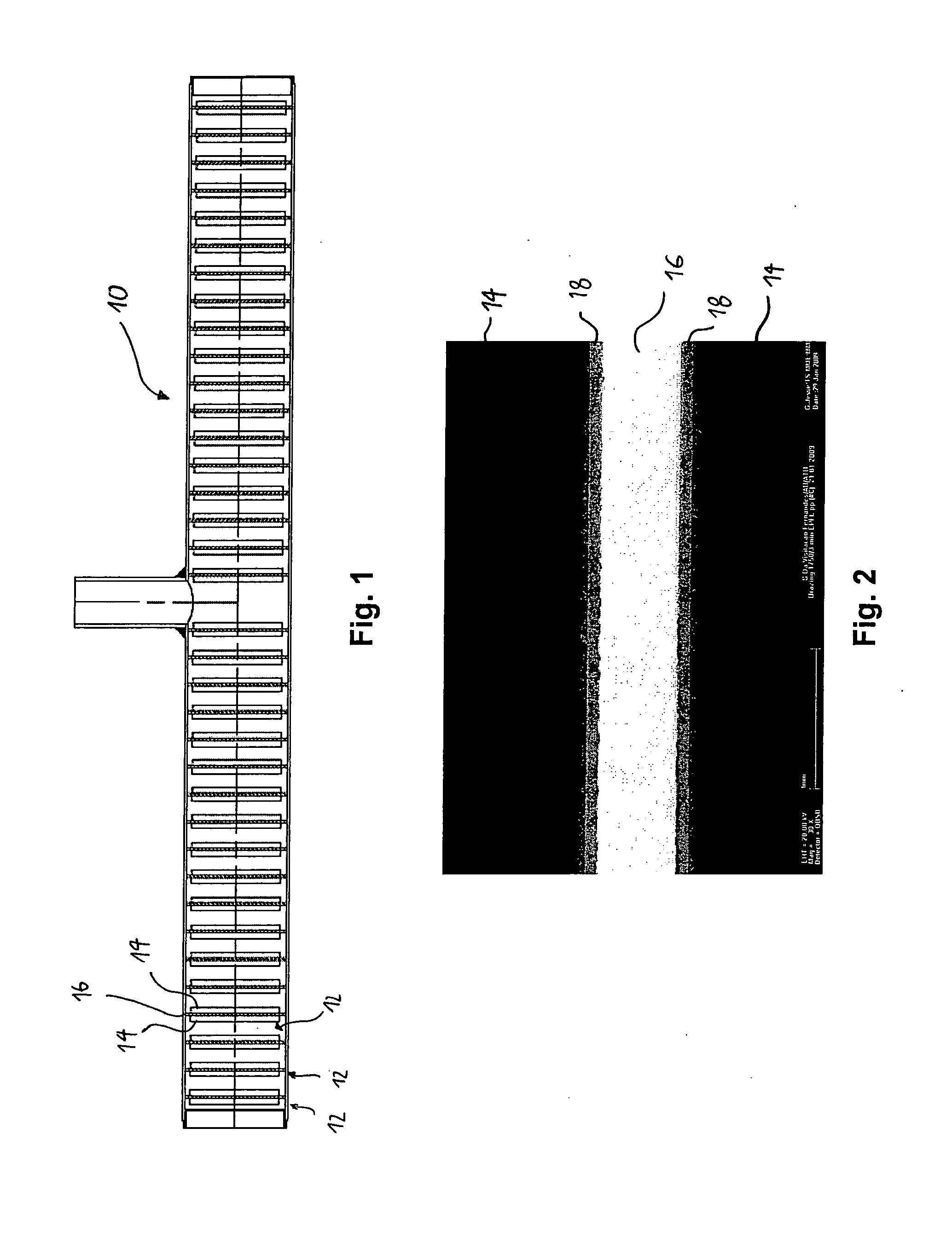Nanostructured Target for Isotope Production
a target and isotope technology, applied in the field of isotope production targets, can solve the problems of inaccessible radioactive isotopes, extreme irradiation damage during operation, etc., and achieve the effects of shortening the isotope release time, accelerating the diffusion of isotopes, and reducing the number of radioactive isotopes
- Summary
- Abstract
- Description
- Claims
- Application Information
AI Technical Summary
Benefits of technology
Problems solved by technology
Method used
Image
Examples
Embodiment Construction
[0029]For the purposes of promoting an understanding of the principles of the invention, reference will now be made to the preferred embodiments, and specific language will be used to describe the same. It will nevertheless be understood that no limitation of the scope of the invention is thereby intended, such alterations and further modifications in the illustrated product and method and such further applications of the principles of the invention as illustrated therein being contemplated as would normally occur now or in the future to one skilled in the art to which the invention relates.
BRIEF DESCRIPTION OF THE FIGURES
[0030]FIG. 1 is a schematic sectional view of a target assembly comprising 36 pellets of braze metal-ceramic composite.
[0031]FIG. 2 is a SEM sectional image showing the brazing interface between an Nb-foil and Al2O3 ceramic discs forming a pellet.
1. Synthesis by Cold Unidirectional Pressing
[0032]In one embodiment, porous Al2O3 target materials can be obtained by we...
PUM
| Property | Measurement | Unit |
|---|---|---|
| Grain size | aaaaa | aaaaa |
| Grain size | aaaaa | aaaaa |
| Grain size | aaaaa | aaaaa |
Abstract
Description
Claims
Application Information
 Login to View More
Login to View More - R&D
- Intellectual Property
- Life Sciences
- Materials
- Tech Scout
- Unparalleled Data Quality
- Higher Quality Content
- 60% Fewer Hallucinations
Browse by: Latest US Patents, China's latest patents, Technical Efficacy Thesaurus, Application Domain, Technology Topic, Popular Technical Reports.
© 2025 PatSnap. All rights reserved.Legal|Privacy policy|Modern Slavery Act Transparency Statement|Sitemap|About US| Contact US: help@patsnap.com


